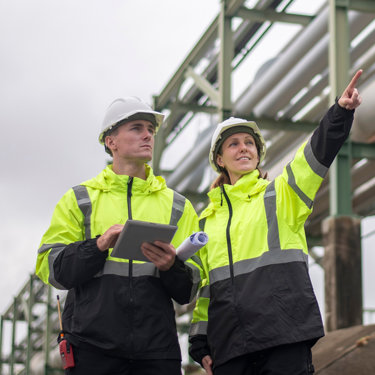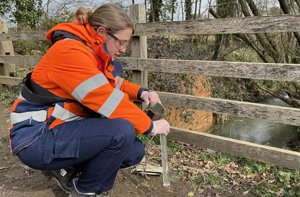
Water catchment management
Ready to discuss your project?
Please leave your details and a member of our team will reach out to discuss your requirements in more detail and arrange next steps.
We investigate water quality in the catchment to understand where pollution is originating.
The evidence our experts provide can be used to support catchment programmes involving multiple stakeholders to improve the quality of the water in the catchment.
What is a catchment?
A water catchment is an area of land through which water from any form of precipitation (such as rain, melting snow or ice) drains into a body of water (such as a river, lake, or reservoir, or even into underground water supplies – ‘groundwater’). It could be a very large area, such as an estuary and any associated coastal waters. Or it could be relatively small – for example, the catchment of a tributary river.
Diffuse pollution
Diffuse, urban and rural pollution is a collective term for a range of pollutants that may individually not present a problem but when combined or present for a long duration, may cause deterioration of surface- and groundwaters and the associated ecology.
As water flows through a catchment, activities on the land can affect the quality and quantity of water available. The sort of activities which could pose a risk include run-off from roads, leaking sewers, farming practices and private and public abstractors.
According to the Environment Agency, diffuse pollution, point source pollution and physical modification are the most common reasons for surface waters not to meet ‘good’ status under the Water Framework Directive (WFD). Diffuse pollution is also widely known to affect Bathing Water quality in coastal areas, particularly after periods of heavy rainfall.
Supplying high-quality drinking water depends on the quality of the water source. Water companies have previously solved water quality issues by investing in treatment processes. A much more sustainable approach is to work in the catchments to address the cause of water quality and quantity issues.
Working in partnership with water companies, organisations, and landowners, we can help you develop solutions to improve urban and agricultural land management, reduce risks to water quality and river flows, and create sustainable drainage to cope with heavy rain.
Catchment studies
We provide innovative solutions for monitoring potential diffuse pollution sources using a range of tools such as continuous monitoring, composite and passive sampling equipment and modelling. This can be on a small scale, for example investigating the effect of an urban area on water quality of a section of a water course following heavy rainfall.
At a catchment level our experts will monitor the water in the whole catchment to identify the unique chemistry, biology and hydrometry and establish a baseline.
They will then go on to identify where the issues are and run detailed investigations in these areas to highlight where best to invest to deliver the greatest improvement in water quality.
Key stats
- 0KThere are some 8,000 water bodies in England and Wales – or about 100 principal catchments.
- 0bnEvery day in England and Wales, we take more than 55 billion litres of fresh water out of the environment.
- 0bnWe use about 15 billion litres in our homes and places of leisure, and at work.
- £0M+The cumulative cost of diffuse water pollution is between £700 million and £1.3 billion a year.
You might also be interested in...
Environmental compliance today, creating a sustainable tomorrow
Helping you reduce risk to the environment and your operation by managing assets compliantly while achieving commercial, ESG, and net-zero goals.
Contact our experts

